
Liposuction

Procedure Time
1.5 – 2 Hours/Area

Anaesthesia
General Anaesthesia

Recovery Period
10 – 14 Days
Hospitalization
Not Required or 1 Day

Stitch Removal
7 Days Post-op
What is Liposuction and how it works?
Liposuction is a surgical procedure that removes stubborn fat from localized areas. It results in a slimmer and more contoured body. During the liposuction surgery, the surgeon makes a small cut into the patient’s skin, after which different methods are applied to loosen the fat cells so that they could be removed from the targeted areas with the help of a cannula. The procedure remains the most effective option to remove fat cells from different areas of the body with excessive accumulation of fat, such as the thighs and abdomen. Liposuction can be combined with various other plastic surgery methods as well for better body contouring.
Once the procedure is completed, the areas that have received the treatment start looking more sculpted. Individuals undergoing liposuction can also consider putting the harvested fat to better use by opting for free fat grafting.
Liposuction is for individuals who:
- Have accumulated excessive fat in a particular area of their body
- Want to have a well-shaped and well-balanced body proportion
- Wish to have more contoured body quickly
- Could not get rid of excessive fat deposits on their body even after prolonged dieting and exercising
Liposuction Surgical Methods
Depending on your skin condition and the targeted areas for contouring, the surgeons may recommend one of the below mentioned methods for your liposuction cost and procedure.
Water Jet
The advantage about water jet liposuction is that it is safer compared to other options. In this procedure, small water molecules are used to break down fat which is then removed gently so as to reduce any possible damage to the blood vessels or nerves.
Acculsculpt Liposuction
This procedure uses laser lipolysis technology that proves to be effective in melting and removing micro fat pockets which tend to cause uneven contours post-procedure. The micro fat pockets can be precisely targeted through fine application of the technology, effectively smoothing out the body contours. In addition, this procedure also comes with skin tightening benefits while helping the skin in adapting to the new contours as it stimulates the process of collagen renewal.
Liposuction For Different Areas
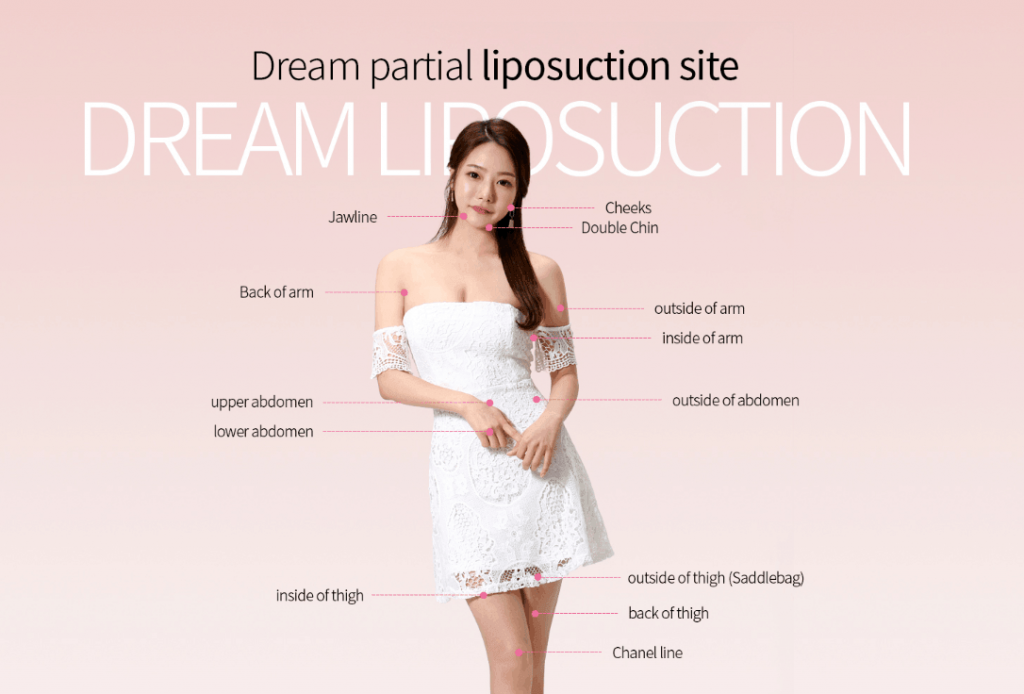
Most Popular Areas For Liposuction
1. Breast Or Chest Liposuction
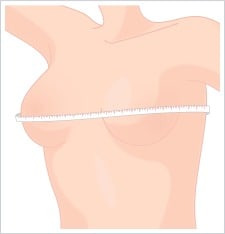
Breast Or Chest Liposuction is frequently applied to both men than women. Commonly termed as accessory breast, these protruding bulge located near the armpits and body can show through when wearing sleeveless clothes. However, the excess fat tissue can be easily removed with a liposuction procedure.
2. Abdominal Liposuction in Singapore
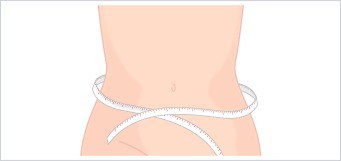
Abdominal obesity tends to occur when an excessive amount of fat tissue in the body is accumulated in the upper or lower abdomen.
Abdominal fat is a very common problem for both women and men, and this can be corrected through liposuction by a plastic surgeon.
For men, fat accumulation and weight gain at the waist often occurs at the sides (love handle). For women, it often occurs at the upper buttocks, the area right above the pelvic bones.
All of these problems can be corrected through liposuction, which is often combined with abdominal liposuction. Waist liposuction surgery dramatically reduces waist circumference. Those who have undergone the surgery tend to be very satisfied with the fact that he/she can wear smaller sized clothes (1-2 sizes smaller).
Although satisfactory results can be obtained through liposuction which removes excessive amounts of subcutaneous fat, it is recommended that one undergoes another plastic surgery procedure — abdominoplasty. This procedure is effective if abdominal muscles and surrounding treated areas have become weakened (Diastasis Recti or Abdominal Hernia) and especially if accompanied by excessive skin drooping after liposuction.
3. Thigh Liposuction in Singapore

The thigh is another area on the body where fat easily accumulates, especially for women. If fat is accumulated around the thighs, the area looks unappealing.
Fat accumulation around the thighs is a problem affecting women starting from their late teens all the way to adulthood. This area on the body is typically resistant to the effects of weight loss via diet and exercise. Liposuction is thus effective for such problematic areas that are otherwise resistant to weight loss measures.
4. Buttock Liposuction in Singapore
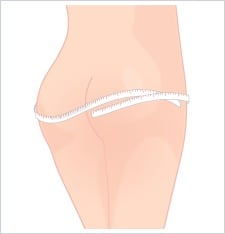
Fat cells accumulate in the buttocks of a woman and become worse as one gets older. Fat especially accumulates in the outer creases between the buttocks and thighs, and it becomes noticeable that the buttocks droop and fat is accumulated in the thighs.
The buttock liposuction procedure corrects mainly the outer two sections of each buttock (if a buttock was divided into 3 sections). During surgery, it is important that care is taken not to make the centre of the buttocks too flat. The buttock liposuction procedure is able to augment drooping buttocks caused by ageing into a curvy contour like those of a young woman’s. In some cases, fat can be accumulated in a small part of the upper buttocks (between the lower waist and buttocks). Even in this situation, the buttocks’ shape can be corrected and the curve along the waist and buttocks (side view) can be changed into a beautiful one through liposuction.
5. Back Liposuction in Singapore
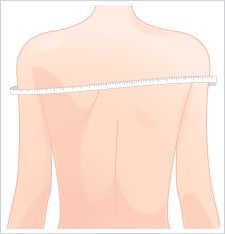
Excessive fat accumulation on the body and back creates an unappealing crease on the mid-back or below the armpit. This crease is often visible even if the person is wearing clothes. A back liposuction procedure can help correct this.
6. Arm Liposuction in Singapore
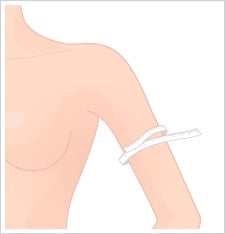
Fat accumulation in the arm often occurs in the area between the elbow and armpit. This typically cannot be corrected even by exercise or diet. Cosmetic surgery is often used to correct this.
Those affected by this condition, especially women, who may have an issue wearing sleeveless clothes can consider undergoing arm liposuction.
The back section of the arm where fat accumulation mainly occurs will be the main area undergoing liposuction surgery procedure. Through this procedure, the arm contours can be improved to an attractive one.
7. Calf Liposuction in Singapore
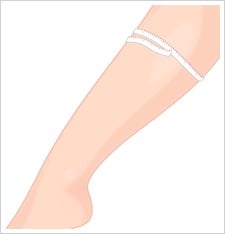
For those susceptible to lower body obesity, excessive amounts of fat can accumulate at the calves. This fat in the calves (and ankles) can be removed through liposuction procedure similarly to other areas of the body, resulting in an attractive ankle line.
8. Facial Liposuction in Singapore
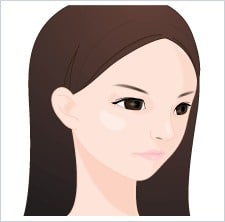
As a person becomes older, fatty tissues are often accumulated in the lower face and neck in connection with the chin line. This symptom, often resulting in a pouch-shaped area among the lower face, chin, and neckline (aptly termed a ‘turkey neck’) can occur due to genetic reasons. These areas can be corrected through cosmetic surgery.
During facial liposuction, the face line can be improved through the process of removing surplus fat in the lower face, chin line, and neck and reattaching skin in the spaces where fat had been removed.
Liposuction Surgery Planning Process
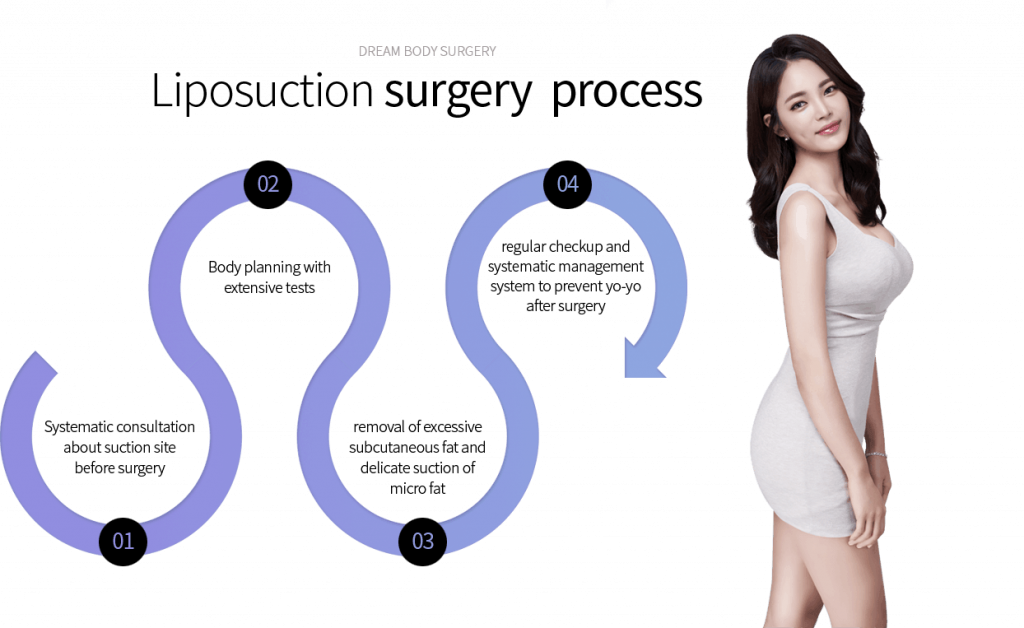
Contact Contact Our Clinic To Learn More About Liposuction Surgery In Singapore
During your consultation, we can include a virtual simulation to explore the types of surgical outcomes you can get from this procedure. If you would like to view some before & after pictures or find out how we can customise your procedure results, contact us at info@dreamplasticsurgery.com or fill in our enquiry form and we will get in touch with you as soon as possible.
Frequently Asked Questions (FAQ) about Liposuction in Singapore
How Long Is The Liposuction Surgery Post-Op And Recovery Time?
After the administration of general anaesthesia, patients usually remain under observation for 2 to 3 hours before being discharged. Most patients can get back to office work within 4 to 5 days after liposuction procedure. Patients are able to return to normal physical activities as soon as 1 week after tumescent liposuction, as there is significant decrease in swelling, inflammation and pain.
Is There Pain Or Discomfort After Liposuction Surgery?
Following the day or two after liposuction, the pain and discomfort experienced by the patient depends on the type of anaesthesia used and the procedure technique. Soreness is generally at peak 2 to 4 days after liposuction and it gradually reduces afterwards.
Your doctor will prescribe pain medications and anti-inflammatory drugs to ease the pain and discomfort during the recovery period. Majority of the pain and discomfort subsides after the first week.
A patient may continue to experience mild tenderness and soreness for up to one month; however, it gradually subsides over the next month or two.
How Long Do I Need To Wear The Compression Garment?
During the post-surgical recovery period, patients are advised to wear the compression garment for the initial 10 to 14 days. If swelling is reduced and they feel minimal pain and discomfort, they can wear it for shorter hours for another 1 week to aid recovery.
Do I Go Home The Same Day?
Yes, you can return home soon after the recovery from anaesthesia. However, you are advised not to drive any vehicle and have a companion or family member drive you home. It is suggested that you avoid driving for the initial 24-48 hours after the procedure.
Liposuction is usually an outpatient procedure, which means you can return home the very first day after the surgery. However, in cases where a lot of fat is removed from your body, usually over 2 litres, you will be required to stay at the hospital for at least 24 hours under observation.
How Does Liposuction Affect The Appearance Of The Skin? Does Liposuction Produce Visible Scars After The Surgery?
The skin appearance following the procedure depends on various factors – including age of the patient, skin’s elasticity, amount of fat removed, and any previous health condition. A patient with good skin elasticity should have a smooth and natural-looking skin after the surgery.
Post-surgical scars are usually hidden along natural folds of the skin or areas which are less noticeable. The scars fade and blend into the surrounding skin over time.
How Long Until I Get Results?
The time required for swelling to subside and final results depends on the specific liposuction technique used by the surgeon. If “open-drainage” technique is used by the surgeon, where stitches are not used to close the incisions, then most patients can expect more than 90% of the swelling resolved within a month. If the surgeon uses stitch-closure technique, then a patient may need to wait for 8 to 10 weeks for swelling to subside fully.
How Long Before I Can Get Out Of Bed And Begin Walking?
In usual circumstances, patients are not confined to bed after the liposuction procedure. To minimize the risk of blood clotting in lungs or legs, surgeons advise patients to take slow walks after the surgery. The blood circulation from slow walks not only helps to prevent blood clots, it also helps to reduce swelling and water retention after the procedure.
How Long Before I Can Go Back To Work?
Most patients can return to office or desktop-based work within 4 to 6 days after the surgery. In most cases, tenderness, soreness, and mild discomfort will remain for another week or two, and these may limit the speed with which a patient can move about. Most patients should feel comfortable while working at a computer or sitting at a desk.
When Can I Start Exercising?
All patients should be physically ready to walk around inside the house and take short walks around the area within one to two days after surgery. Staying in bed and not doing light physical activity increases the danger for blood clotting in the legs and lungs.
Most patients can resume their normal household works and physical activity within a couple of days after liposuction. At first, patients should not perform an excessive amount of activity. It is suggested that patients begin their workout routine by doing about 25% of their usual activity, and from there increase their day by day practice as tolerated.
How Much Weight Difference Will There Be After Liposuction Surgery?
Fatty tissue by nature isn’t extremely thick or heavy, thus removing a few litres of fat from your belly or legs won’t bring about huge weight reduction. However, the difference will be observed in your body shape and contour.
You may even experience a small increment in weight in the postoperative period because of the intravenous fluids given during surgery. Liposuction isn’t a treatment option for obesity. The procedure ie meant to eliminate stubborn fat deposits and alter body proportion that is otherwise not possible with diet control or exercise.
Is Liposuction A Reasonable Treatment For Obesity?
Liposuction is not meant to treat any kind of obesity.
Liposuction – as a fat-reduction technique – isn’t useful for large weight reduction. It is exclusively a body contouring technique for areas where fat stores have proven to be resistant to dieting and regular exercise. The best outcomes from surgery happen in body areas where fat is not excessive, muscle tone is reasonable, and skin has good elastic quality.
In certain cases where there is a critical loss of skin elasticity, appropriate corrective procedures for skin tightening and liposuction may be combined to eliminate the loose fatty tissue and saggy skin.
Will The Fat Cells Develop Back After Liposuction?
Liposuction is an effective way to remove fat cells permanently. The fat cells that are taken out by liposuction can never return. However, remaining fat cells may expand in size if the patient gains a lot of weight.
If the body weight increases more than 10%, one can expect new fat cell development in various body areas – including the ones recently treated by liposuction. Individuals who are susceptible to major weight fluctuations can quickly develop a large number of fat cells (lipocytes).
Hence, maintaining a healthy diet and lifestyle is key to prolonging the results from the liposuction procedure.
If I Put On Weight After Liposuction, Does Fat Return In The Treated Areas?
Usually, fat does not return in treated areas – given that the patient doesn’t acquire a lot of weight after the surgery.
If a patient acquires a lot of weight, fat can get back to a body area recently treated by liposuction. However, the level of fat accumulation in a formerly treated area will be proportionately less than untreated areas.
How Much Does Liposuction Procedure Cost?
The cost of a liposuction procedure depends on the number of areas or size of the treatment areas. As each patient’s needs and requirements varies, a personalized assessment will be required before providing a proper breakdown on the price of your treatment.
